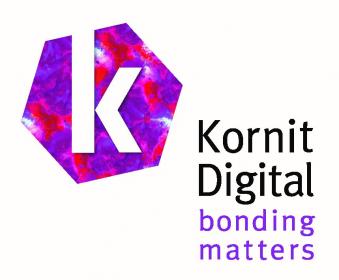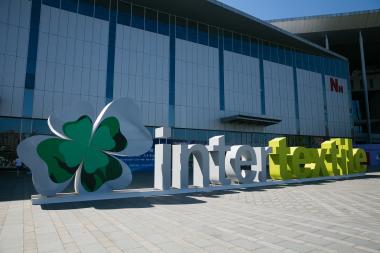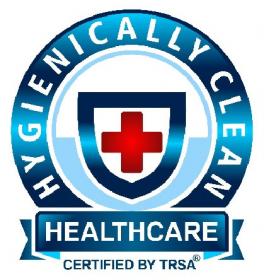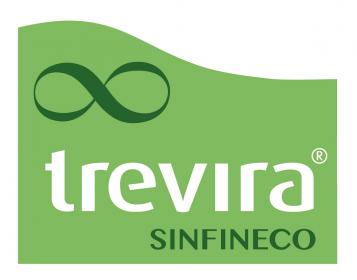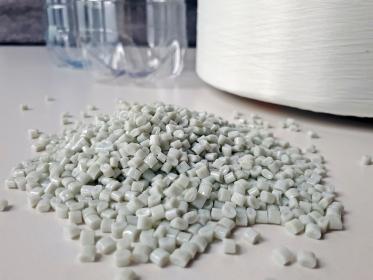Brodelec purchases first Kornit Digital Presto S
- Growing demand for natural fabrics and blends driving Brodelec business growth
September 25th, 2019, Rosh Ha’ayn, Israel – Kornit Digital (Nasdaq: KRNT), a worldwide market leader in digital textile printing technology, announced that Orleans, France-based Brodelec has installed the country’s first-ever Kornit Presto S system for roll-to-roll, pigment-based digital textile printing.
This installation will enable the multiservice marking brand to expand their business further into customized décor and on-demand fashion.
Brodelec has partnered with Kornit for over a decade and owns several direct-to-garment print systems. Based on demand for natural fabrics and blends in the home décor and fashion markets, they are now expanding their offerings to include bespoke direct-to-fabric services.
Brodelec chose the Kornit Presto S as it is the only single-step solution and therefore the fastest route from design to finished product, making it the most efficient and eco-friendly fabric printing solution in France today.
Kornit Digital


